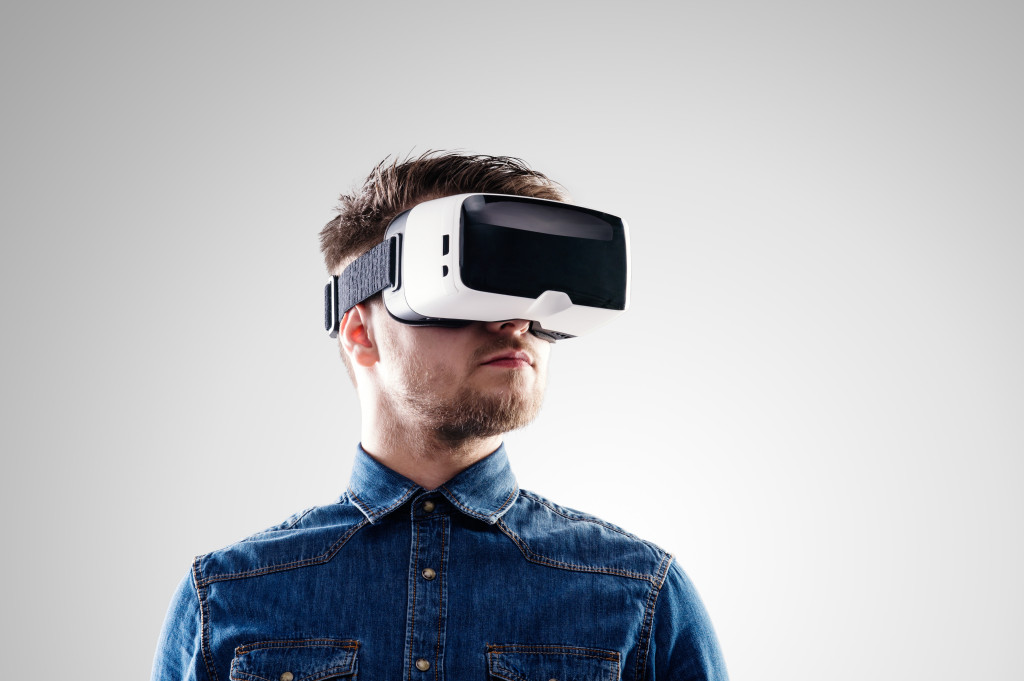You will come across various new bioengineering trends, which are worth stating. In fact, they are shaping the industry in more ways. They will surely have a huge impact on the sector in the few years to come.
Bioengineering is a field that is rapidly evolving. Moreover, its cross-disciplinary nature brings in various streams like biology, chemistry, engineering, IT and computer science, and nanotechnology. It is at the forefront of various types of discoveries. From vaccines to medical devices and disease management products, you simply cannot do without them.
Read about the biggest bioengineering trends in the current times.
Transdermal Patches
These were used for patients looking at nicotine addiction management. However, if you delve deep into the subject today, you will find that it has spread its roots far and wide. Huge improvements and improvisations have taken place in the structure, delivery, and delivery mechanisms that have paved the way for more new-age applications. Now, these patches can even treat obesity.
Most scientists in the current age believe that when you take supplements or medicines to treat obesity, they undergo oxidative stress while passing through the digestive system. So, instead of taking medicines orally, you can now affix these patches to the concerned areas. These biodegradable patches have multiple needles that pierce through the skin and release compounds that reach the target site directly without having to ass through over routes.
Tissue Engineering
Bioprinting is one of the most popular methods used in this stream. You can get living tissues made from biologically active cells. The bioprinting method is very similar to 3D printing on accessories today. However, bioprinting is done on human cells. Thin layers of cells are being printed, which dissolve into the recipient body’s underlying cells.
It is mostly used to replace defective, damaged, or tissues with congenital disabilities. Regenerative medication helps repair muscles, tendons, ligaments, and joint cartilages. Additionally, you will find various subdivisions within this realm.
Prolotherapy is one of them. It uses concentrated dextrose solution to stimulate the repair of ligaments, muscles, and tendons. Another technique has revolutionized hair regrowth therapies today. Furthermore, it is none other than PRP. It is a term that you have probably already heard of. Ozone therapy is another form that can reduce inflammation locally.

Wearable Technology
Today, you can measure your heartbeats, pulse rate, and the number of footsteps you have taken in a day. All thanks to wearable technology. They are becoming more and more multi-functional today. You can find one in every home, in the form of blood pressure monitor, blood glucose monitor, and pulse rate monitor, as well. Smart clothing has also entered mainstream fashion.
Fabrics now come with special polymers and vents that allow moisture to move out, or in as the case might be. The body’s temperature control is in our hands today. This is just one example of the medical-engineering evolution we are all moving ahead with.
Assistive Technologies
Today, you will also come across various assistive technologies like prosthetics. The advancement in materials and development in the field has paved the way for prosthetics that are not only lighter but chip-enabled. It will not be very long when the prosthetic amputee patients can control their limbs with their minds. Chip-enabled prosthetics allow a lot of independence in mobility and flexibility in general.
Additionally, engineers in the bioengineering field are also working on robots to help people with muscular weakness and control. These robots promise to arrive in the form of Musculo-exoskeletons that allow people with nerve and muscular diseases to lead every day and hassle-free life. Secondly, the fraternity hopes to develop assistance in the robotic realm to transfer patients from the site of injury to safety in the smoothest manner possible.
Microbubbles
Now, scientists and engineers in collaboration with IT experts are looking for new ways to directly deliver drugs to the site of injury. Microbubbles work as tiny micron-sized particles that are filled with gas. These are supposed to function as the carriers of drugs to be injected inside the body for distribution.
The next instance involves busting the bubbles with an ultrasound beam to lodge the contents where necessary. Additionally, you will also find some attaching devices with the bubbles to adhere to the site of tumors for instant treatment and action.
You will find these being increasingly used in ultrasonic imaging as well. The introduction of these agents of change in the bio realm is changing how you view the medical fraternity today.
You will come across more such technologies in the bioengineering sphere. Material innovations and the birth of microscopic devices are changing biomedical research and delivery scenes. Much research and development is underway and promises to open up more possibilities to enhance treatment and longevity.

